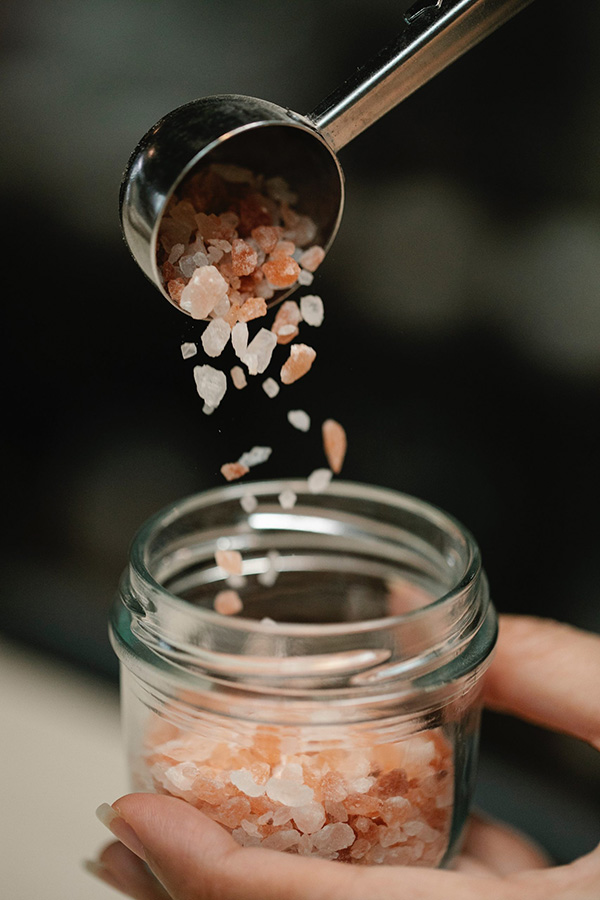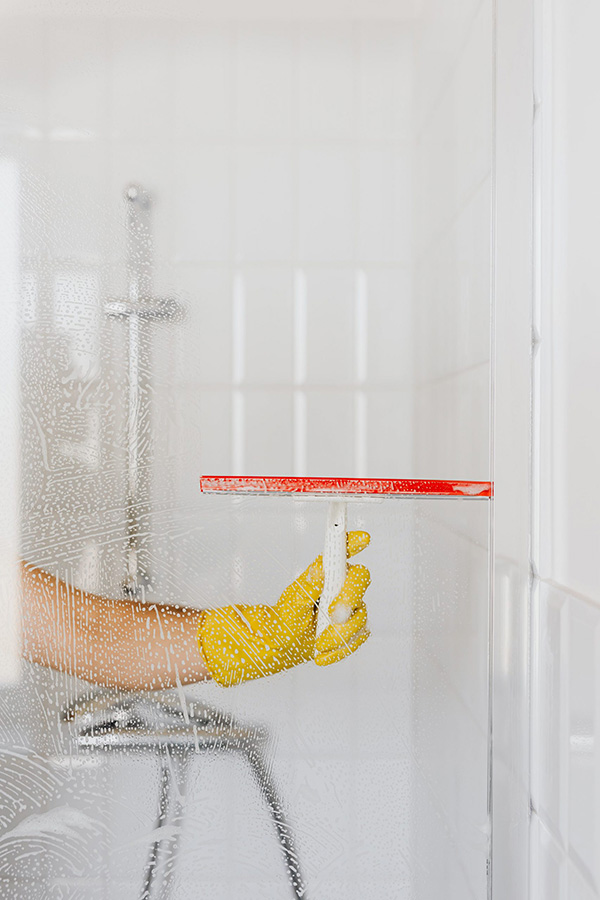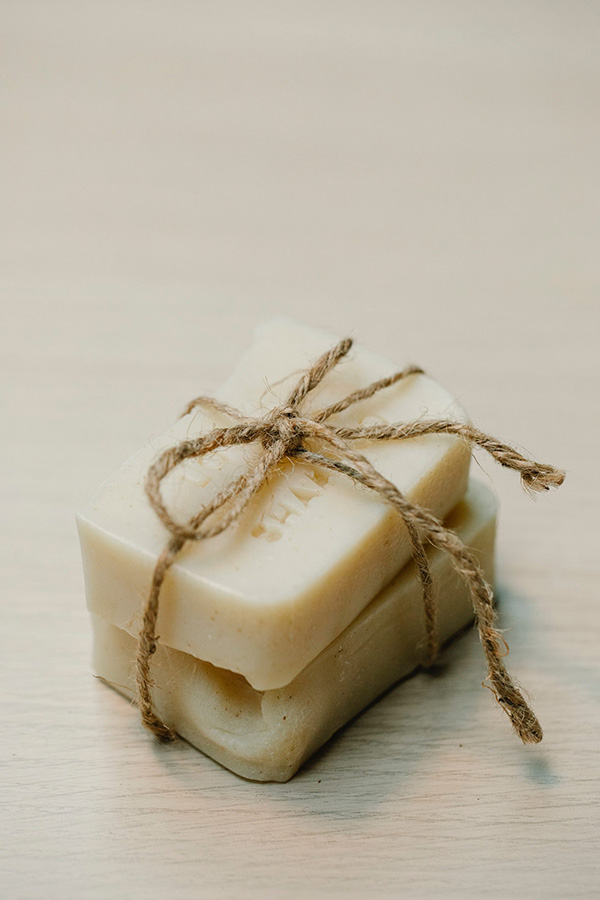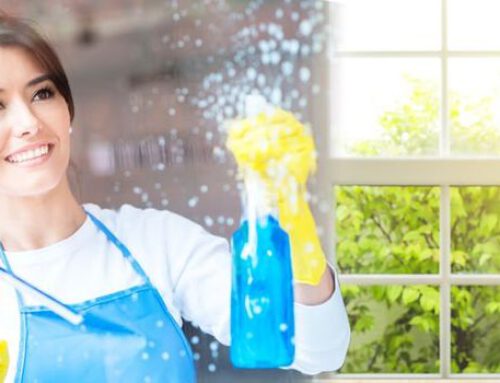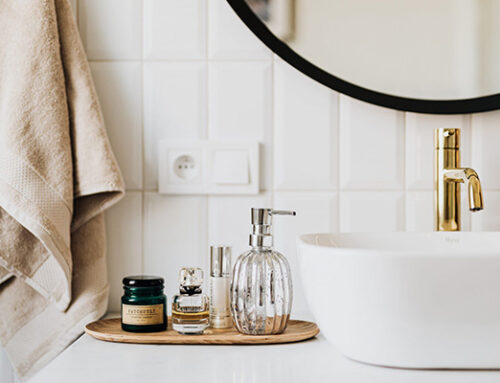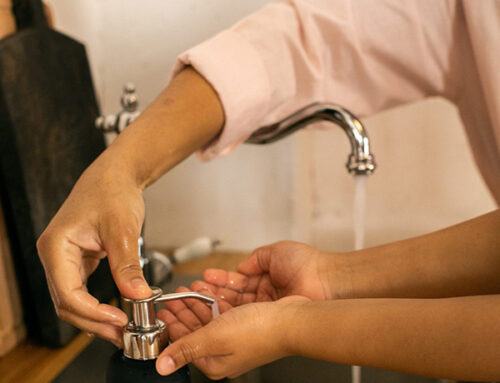In this day and age, we’re always looking for ways to cleanse, disinfect, and sanitize surfaces. We want to reduce the spread of germs, viruses, and bacteria as quickly and as effectively as possible.
So, what do we do? We get creative. We mix and match the various household cleaning products we have around the house.
I mean, it makes sense in theory. One cleanser is safe and effective. Then, that means if I mix two of them, I get double the cleaning power, right?
Wrong! It’s not exactly how chemicals work. Mixing certain cleansers can produce toxic fumes or corrosive substances. In other words, they do more harm than good.
In this blog, our end of tenancy cleaners in North London to walk you through some household cleaning products you shouldn’t mix.
Let’s get started.
Household Products You Shouldn’t Mix
Any time you have a household cleaning product, take the time to read the warning labels and ingredients. Also, always keep them stored somewhere safe and away from the reach of children and pets.
Quick reminder: bleach contains several highly reactive substances. This is what makes it a great and powerful disinfectant. At the same time, it makes it quick to react with other chemicals.
Here’s a list of five common household cleaning products you shouldn’t mix. You’ll also find a brief summary of some of the health hazards that these mixtures can induce.
Bleach + Rubbing (Isopropyl) Alcohol
This blend produces chloroform and hydrochloric acid. Yet, it doesn’t stop there. This concoction also creates two deadly by-products: chloroacetone and dichloroacetate.
All of these compounds are so potent, they can knock you out within minutes if you inhale too much. They can also cause damage to the kidneys, liver, and heart. Even the brain, the nervous system, and bone marrow can be affected by this solution.
Bleach + Ammonia
Together, bleach and ammonia create chloramine. It’s a lethal vapor that causes chest pains, shortness of breath, and wheezing when inhaled. It also irritates the eyes and nose, as well as causes skin inflammations and throat burns.
If not treated immediately, chloramine can cause fluid build-up in the lungs!
It’s worth mentioning that dish soap and glass cleaners may contain ammonia. So, never mix any of those products with bleach.
Bleach + Vinegar (and other types of acids)
When acids are added to bleach, they release chlorine gas. This poisonous vapor was used as a chemical weapon in World War I. It was a quick way to wipe out the enemy by damaging their lungs, throats, and eyes.
It’s also known to cause shortness of breath and other respiratory problems. When chlorine gas enters the lungs, it becomes acidic and starts eating away at lung tissue. Consequently, the lungs are unable to function normally, causing various respiratory problems.
If you mix chlorine gas with water, you get hypochlorous and hydrochloric acids. These are what irritate the eyes and make them watery. They also inflame the skin and can even cause chemical burns.
Other mixtures that create chlorine gas include:
- Bleach + toilet bowl cleaner
- Bleach + oven cleaner
- Bleach + mildew/mold cleaner
- Two different brands of drain cleaners
Hydrogen Peroxide + Vinegar
On their own, each of these cleaning products is considered safe and eco-friendly. Yet, combined, they can be highly unsafe.
Together, they form peroxyacetic/peracetic acid. This is a corrosive compound that can harm the nose, throat, and lungs if inhaled. If it comes in contact with the skin or eyes, it can cause severe inflammations.
Pesticides + Water
These aren’t exactly cleaning products, but we do use them often. You spot an insect, you grab the pesticide and spray. Then, you wash the area with water to remove any remains.
The problem is certain pesticides release phosphine gas when mixed with water. This toxic vapor can cause respiratory failure and intense stomach pains. It also affects the nervous system and can even compromise circulatory functions.
Accidental Exposures
According to the American Association of Poison Control Centers (AAPCC), there are thousands of accidental exposures reported each year. Read ahead to find out the four main types of exposure and how they occur.
Ingestion
Yes, it may seem crazy to swallow cleaning products on purpose. Unfortunately, many have tried as treatment or prevention against viruses.
Whether on purpose or accidental, swallowing even a drop of any type of cleaning product can cause critical health concerns. You can feel your lips start to swell up, along with the lining of your mouth. Your throat may have a burning sensation, which can be quite painful.
You may also experience vomiting and a sense of nausea. Diarrhea is another common symptom, and you may find blood in your stool.
Inhalation
Other products are sprayed, which can enter your throat and lungs. The first symptom may be your throat swelling up, making it difficult to breathe.
Then, the corrosive chemicals move into the lungs where they’ll start to break down lung tissue. If not treated right away, they could cause serious damage to the lungs, which can lead to a coma and even death.
Skin/Eye Contact
Chemicals found in cleaning products are so strong that they can damage your vision. You can first experience loss of focus in your eyes, which if left untreated could lead to blindness.
If they come in contact with the skin, they can cause irritations and inflammations. In severe cases, they’ve been known to cause chemical burns.
Chemical Residue
Another thing many people often forget is to wash their hands after using a cleaning product. When there’s leftover residue from these products on your hands, you risk passing them on to your mouth and eyes.
The Takeaway
Cleaning is good, cluelessly combining toxic chemicals is bad. Knowing which household products you shouldn’t mix can prevent dangerous exposures.
The rule of thumb is to stick to one household cleaner at a time. It’s a sure way to avoid creating lethal compounds that can burn your eyes, throat, and skin.
While each product is ideal on its own, together many can leave you feeling nauseous and dizzy. Not only that, but they can lower your blood pressure to the extent of putting you in a coma.
This is why it’s important to have a basic awareness of the chemicals found in household cleaning products. By knowing these key concepts, you can keep yourself and your family safe.

